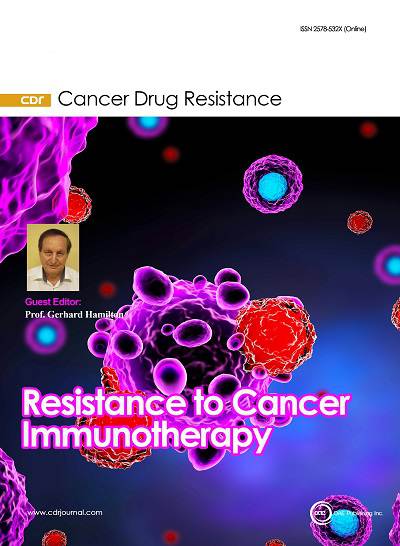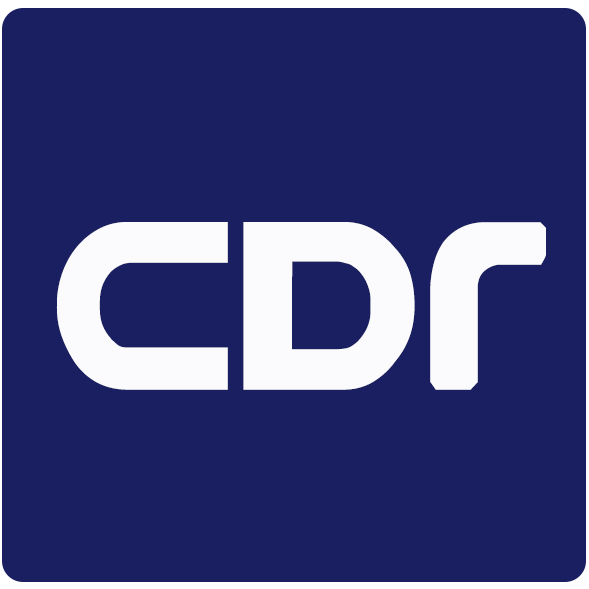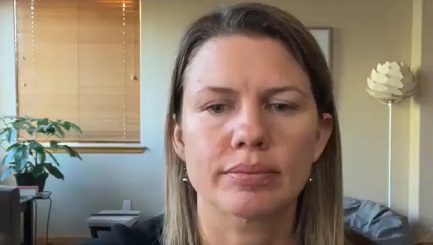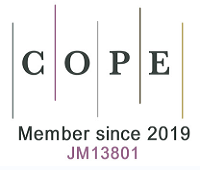
Topic: Resistance to Cancer Immunotherapy
Guest Editor
Special Topic Introduction
Cancer immunotherapy, especially in the form of the inhibition of checkpoint molecules, has significantly improved the outlook of melanoma, lung cancer and other patients. However, of the approximately 45% of cancer patients eligible for immunotherapy, only about 13% of cases are responders leaving the remaining population exposed to a therapy which has fewer side effects than chemotherapy but is not free of a range of adverse events. Assessment of PD-L1 expression and tumor mutational burden (TMB) enriches suitable patients but cannot actually predict responses. Furthermore, tumors may become resistant to immunotherapy either by changing their own characteristics or by generating an immunosuppressive microenvironment. For this issue, work on all aspects of mechanisms that renders immunotherapy ineffective is invited. This comprises the range of different immune checkpoint molecules and the modulation of their expression, tumor infiltration, immunosuppressive leukocyte populations as well as the effects of chemotherapy in combination trials and more. In particular, the ongoing study of drugs that can convert a cold tumor to a hot one or provide accessory stimulation of the immune system is of special interest to overcome resistance. Another current focus is the selection of markers to rapidly evaluate the success of an ongoing immunotherapy, including the detection of resistance. Future directions for the improvement of immunotherapy may involve combination therapy with other immune modulators, oncolytic viruses, vaccines, radiation treatment, chemotherapy, targeted therapy, or antiangiogenic therapy to achieve its full potential and to overcome resistance. In summary, the objective of this series is to explore the current successes and failures, and discuss the future directions of immunotherapy as a means of treating cancer.
Keywords
Cancer immunotherapy, checkpoint inhibition, resistance, CTLA-4, PD-L1, tumor mutational burden
Submission Deadline
31 Jan 2020
Submission Information
For Author Instructions, please refer to https://www.oaepublish.com/cdr/author_instructions
For Online Submission, please login at https://www.oaecenter.com/login?JournalId=cdr&IssueId=cdr200131333
Submission Deadline: 31 Jan 2020
Contacts: Susan Song, Assistant Editor, [email protected]
Bill Li, Managing Editor, [email protected] or [email protected]













